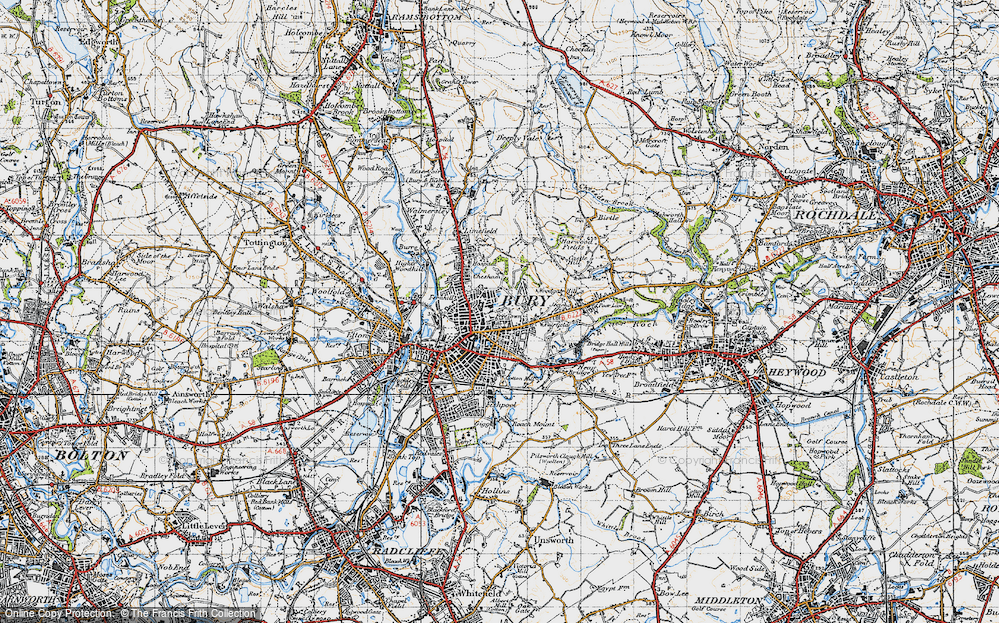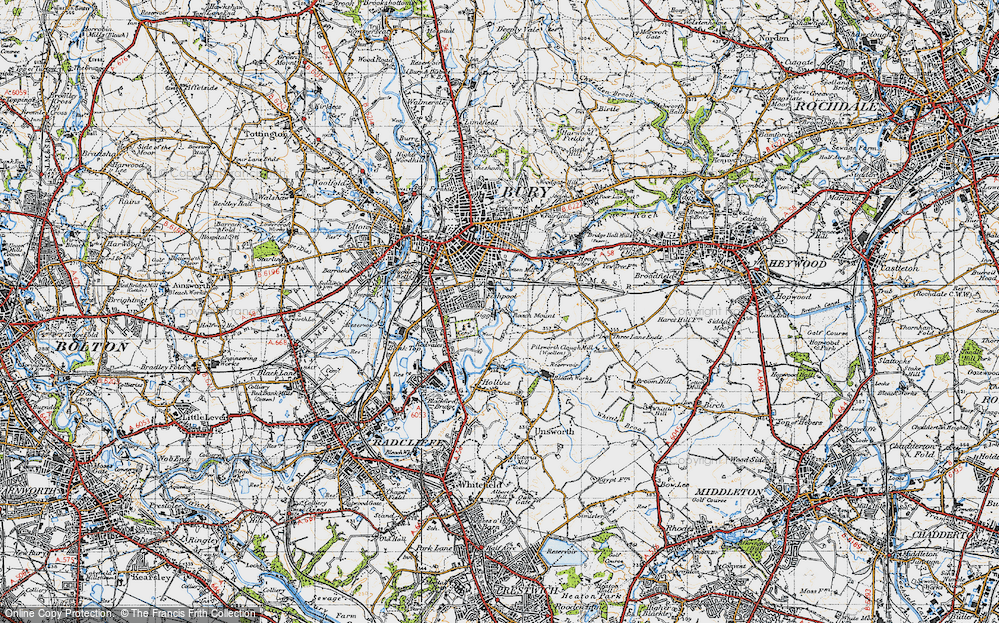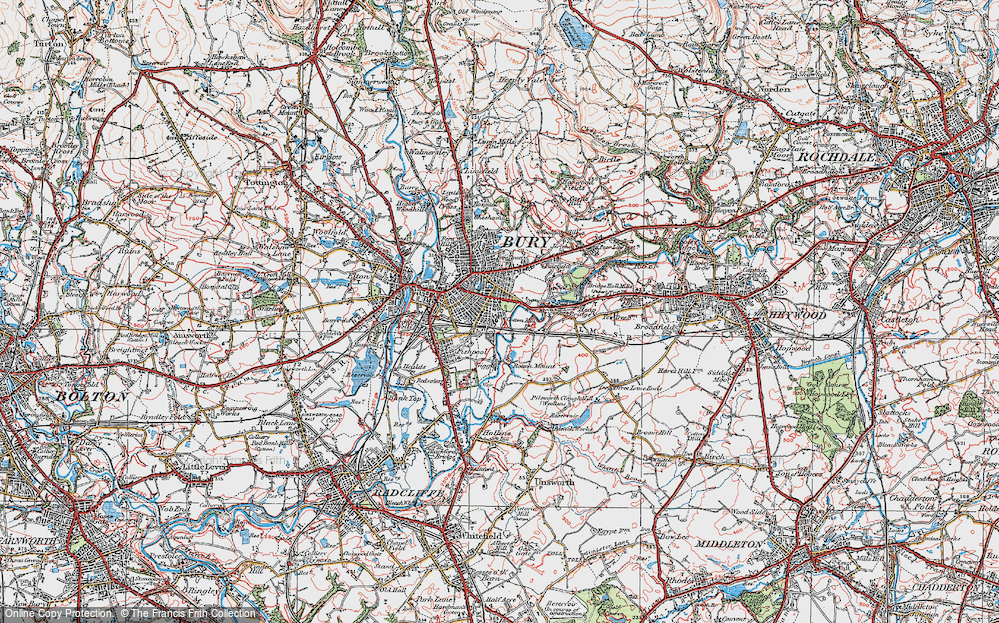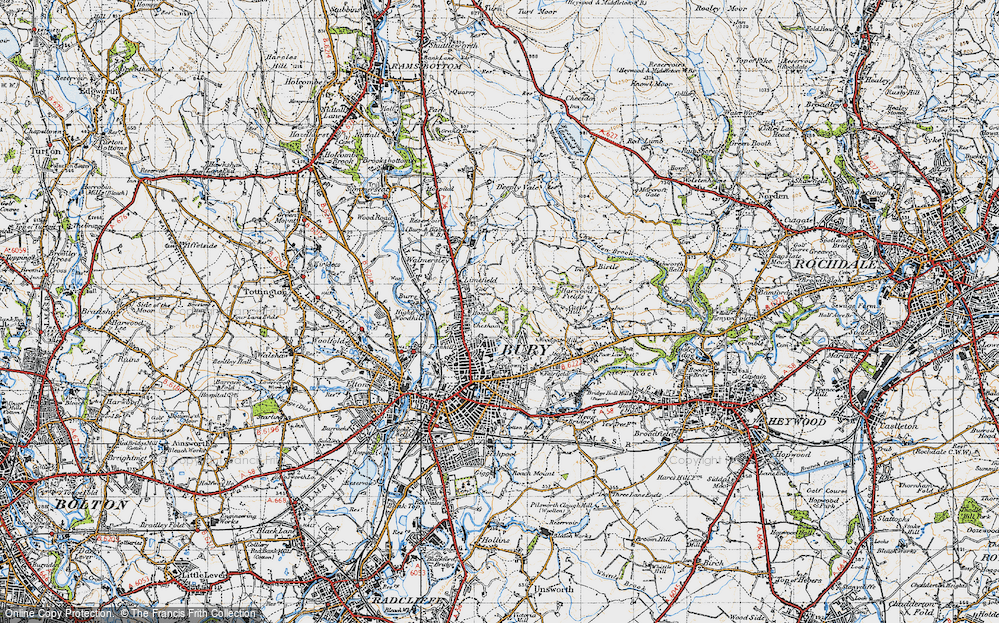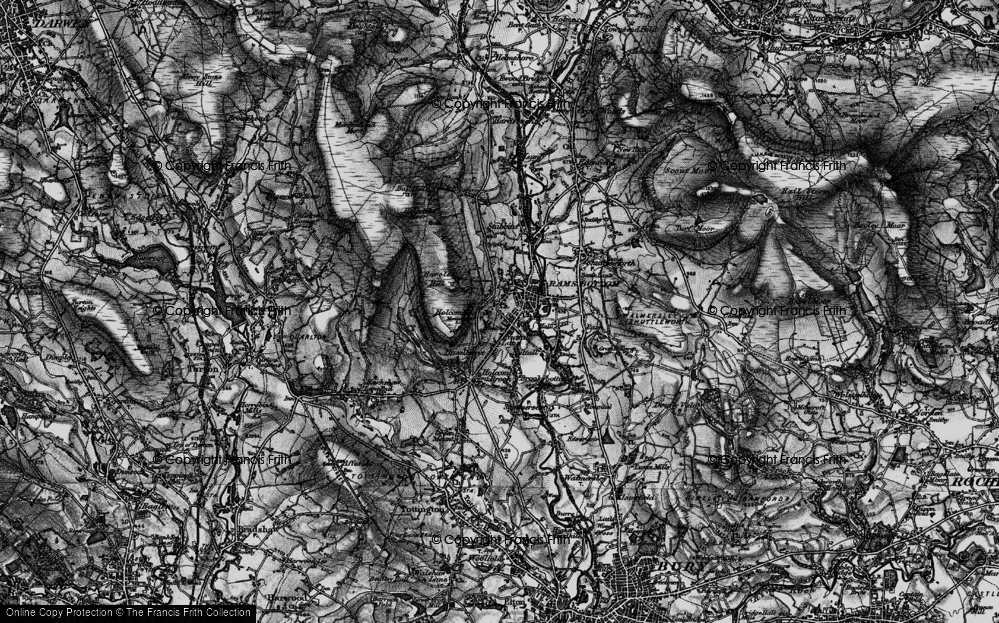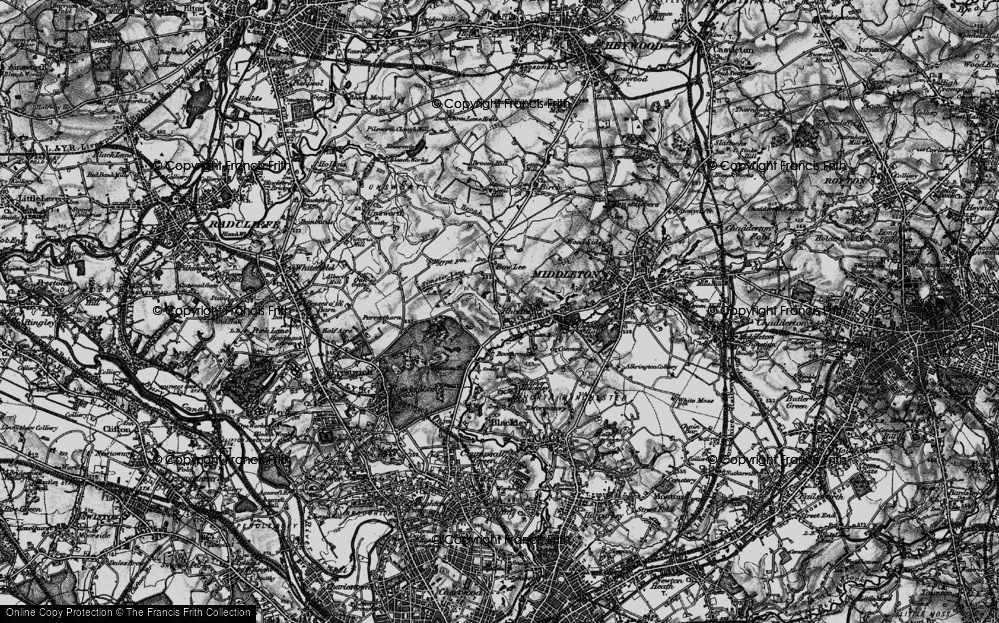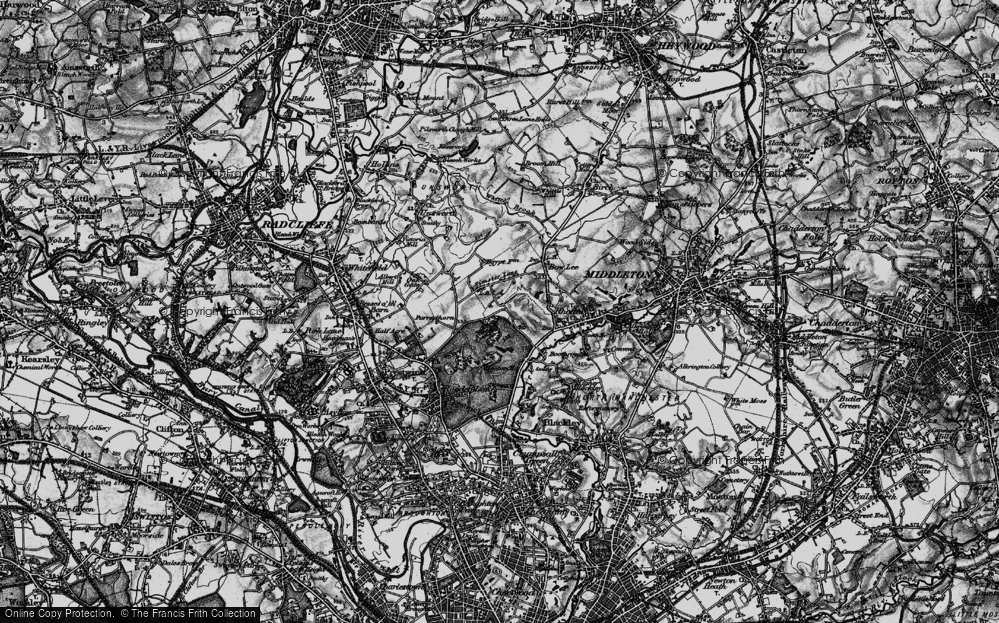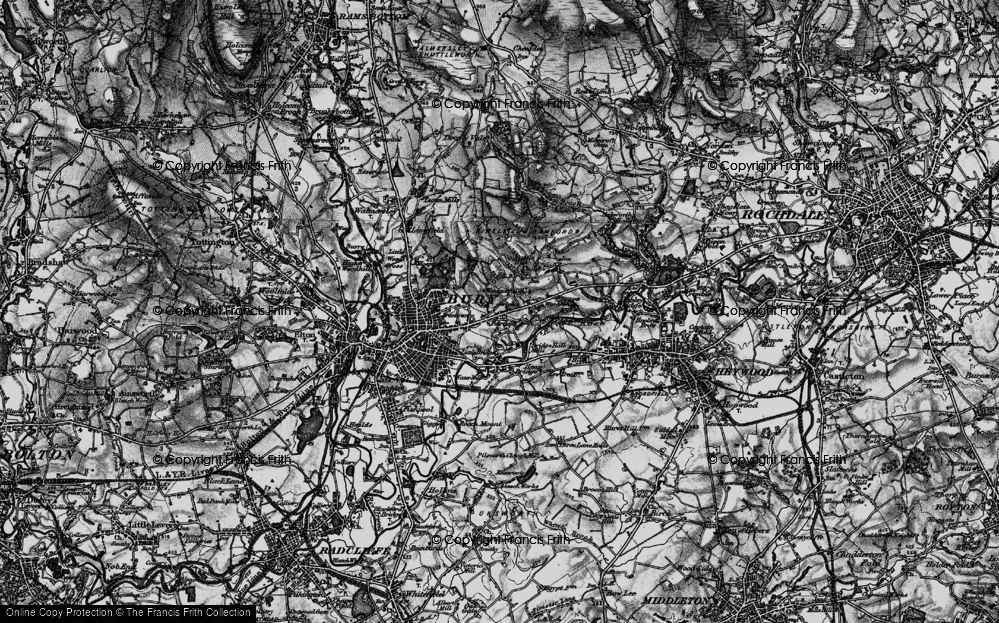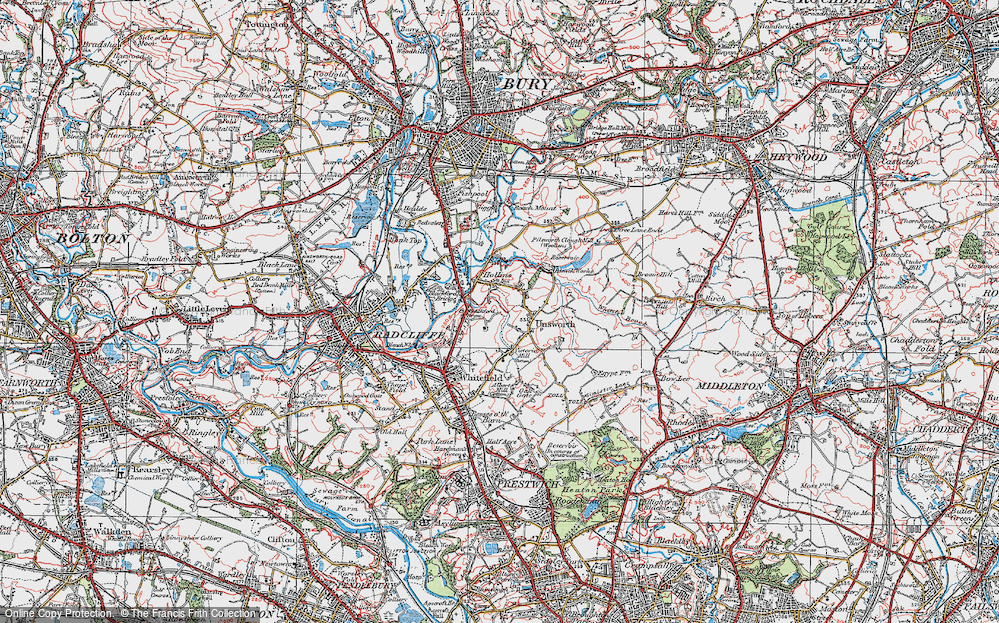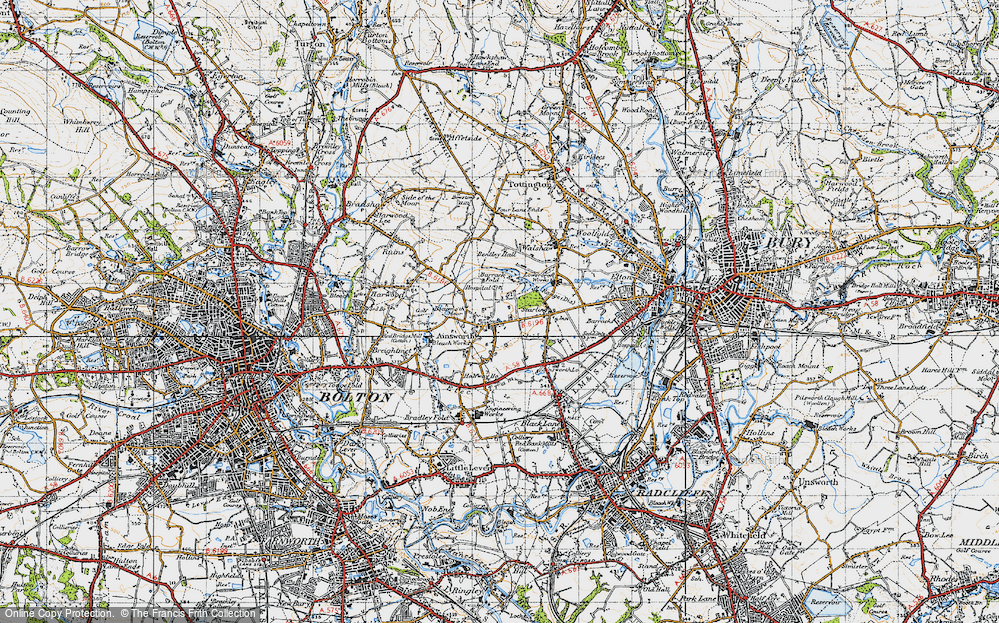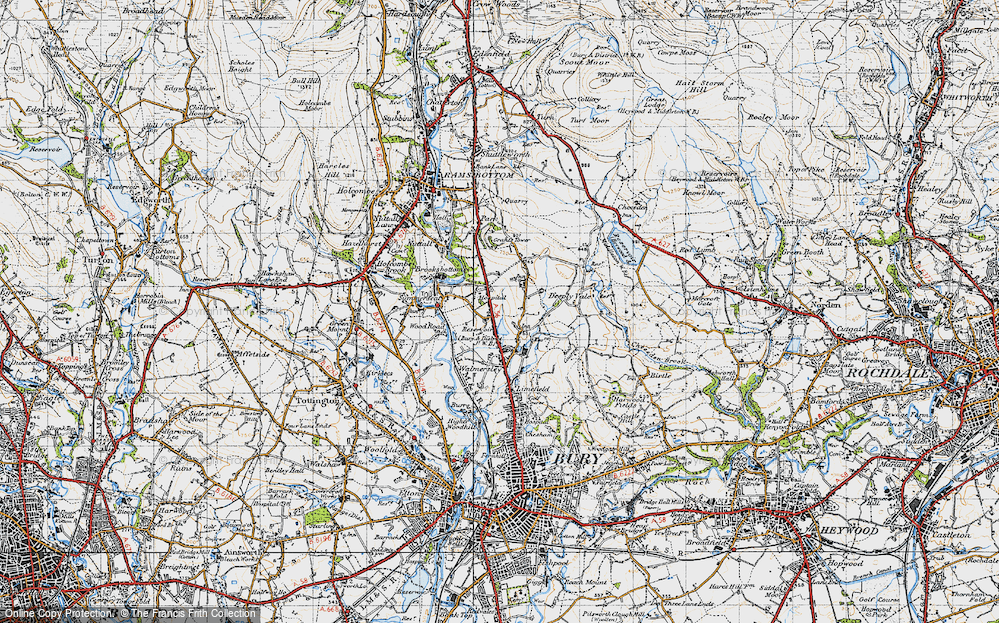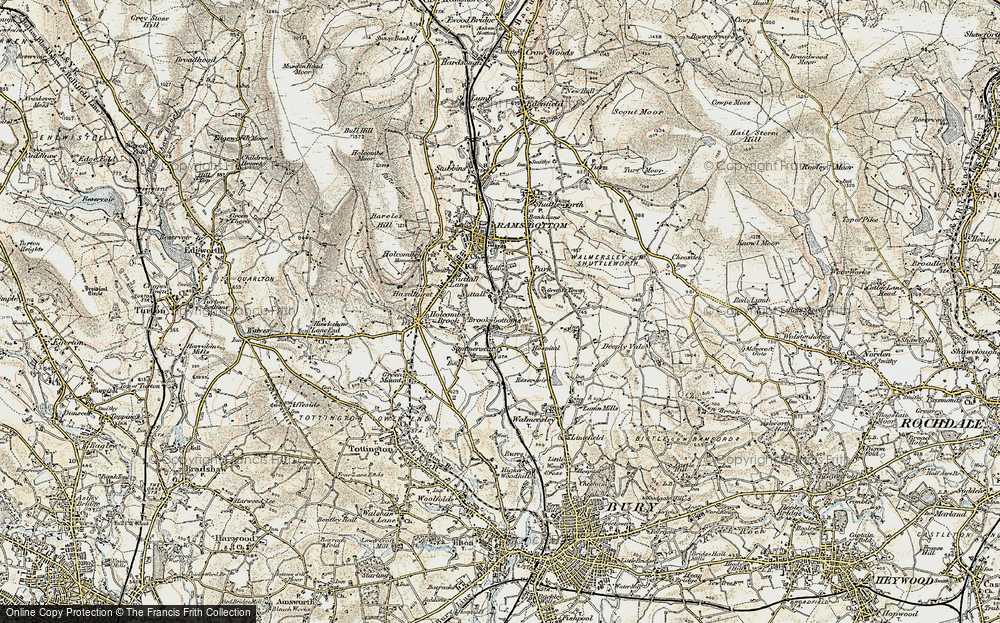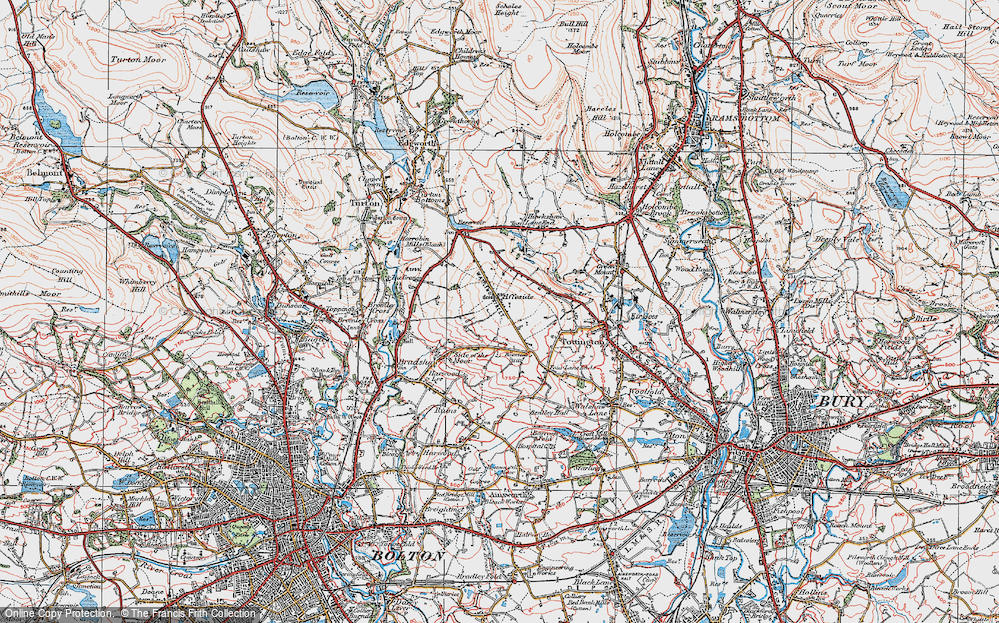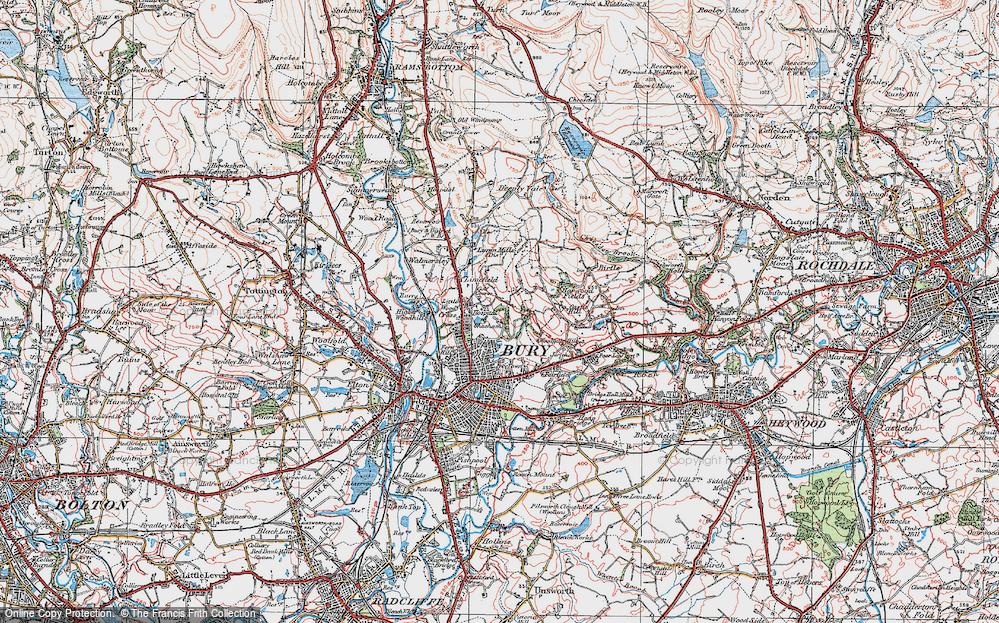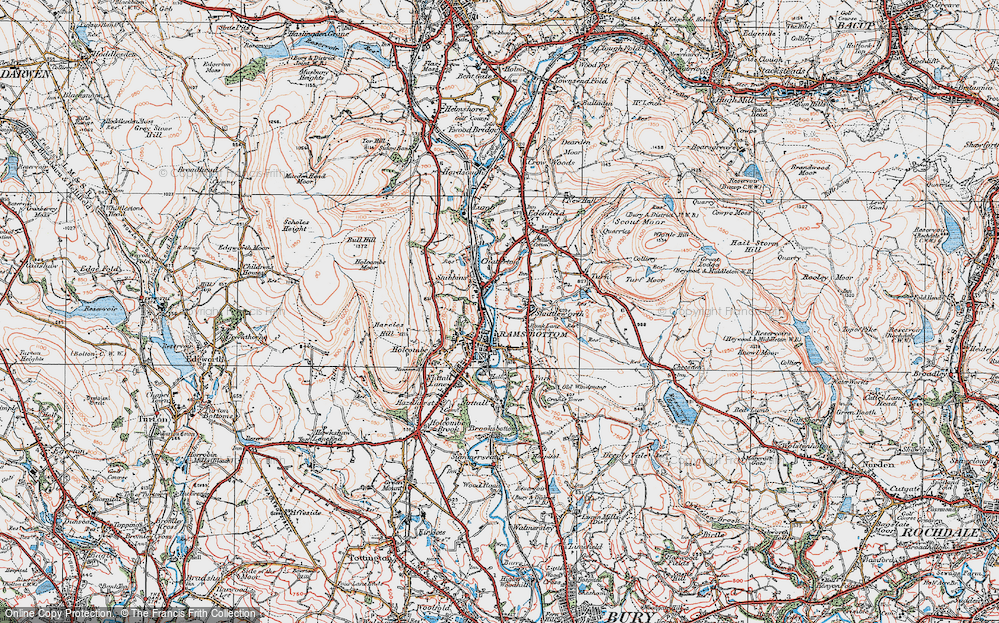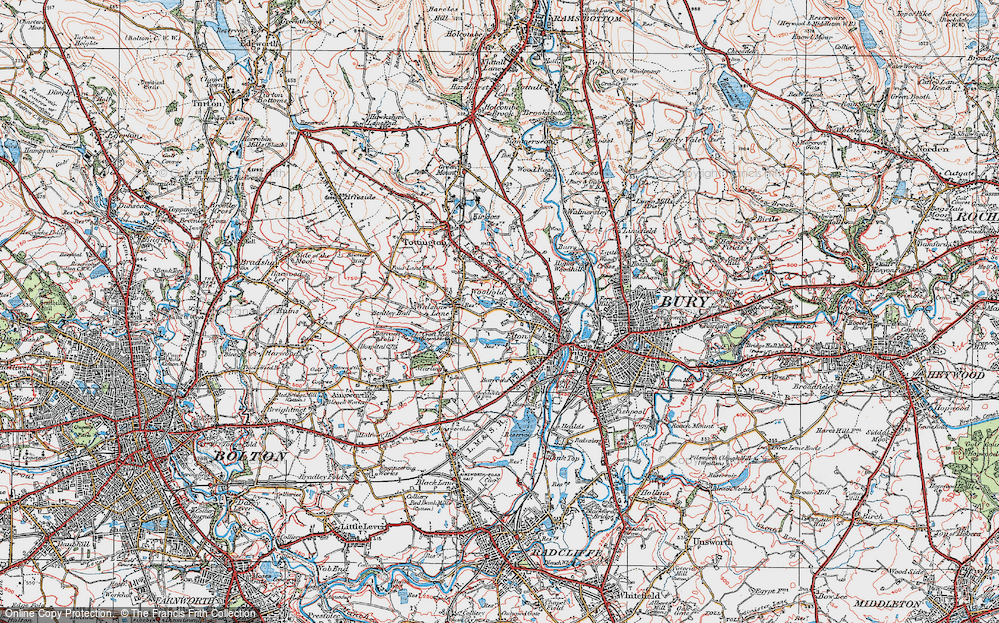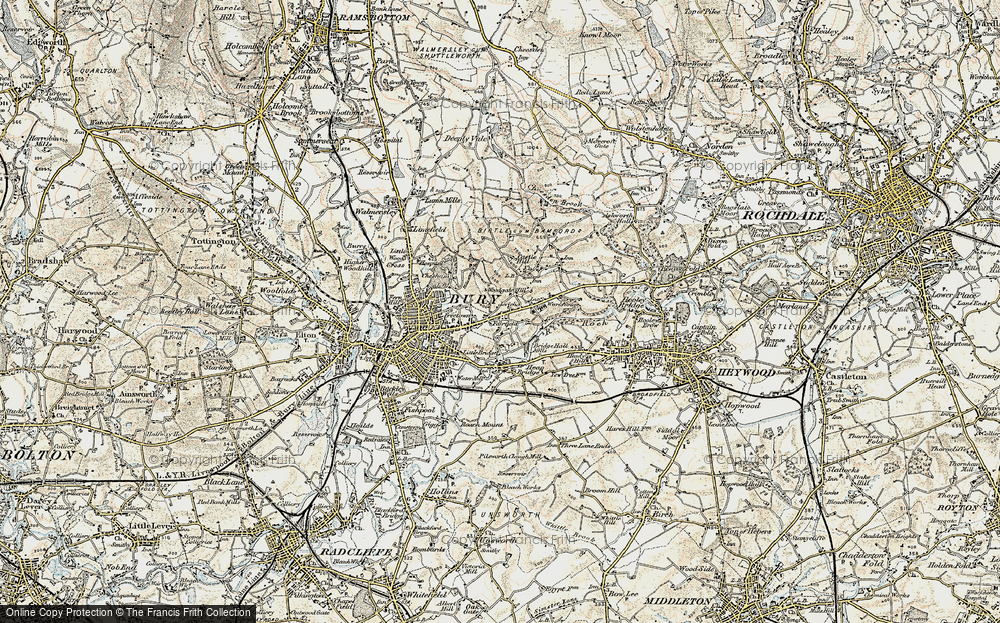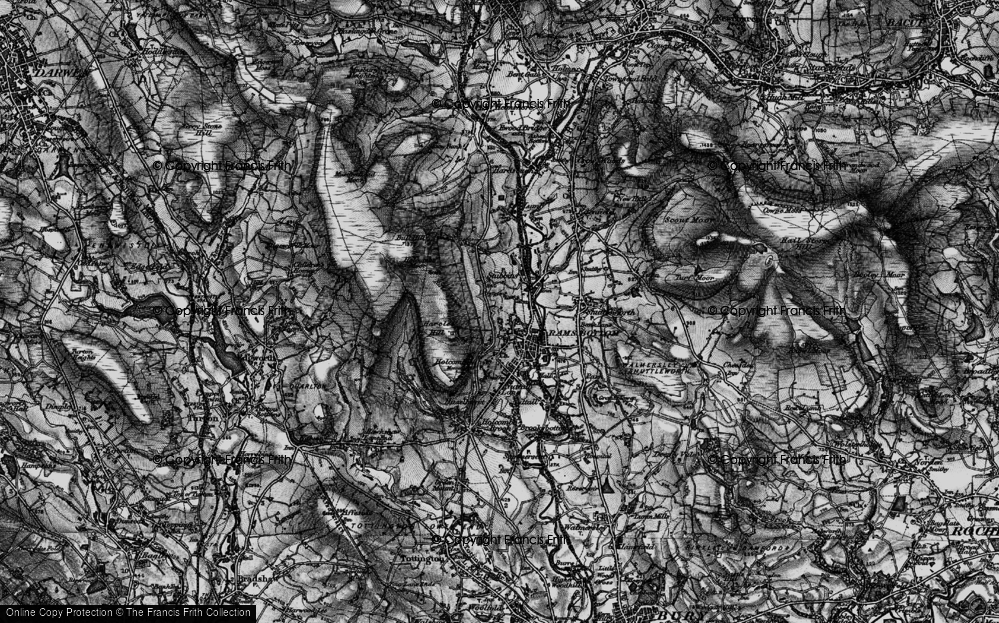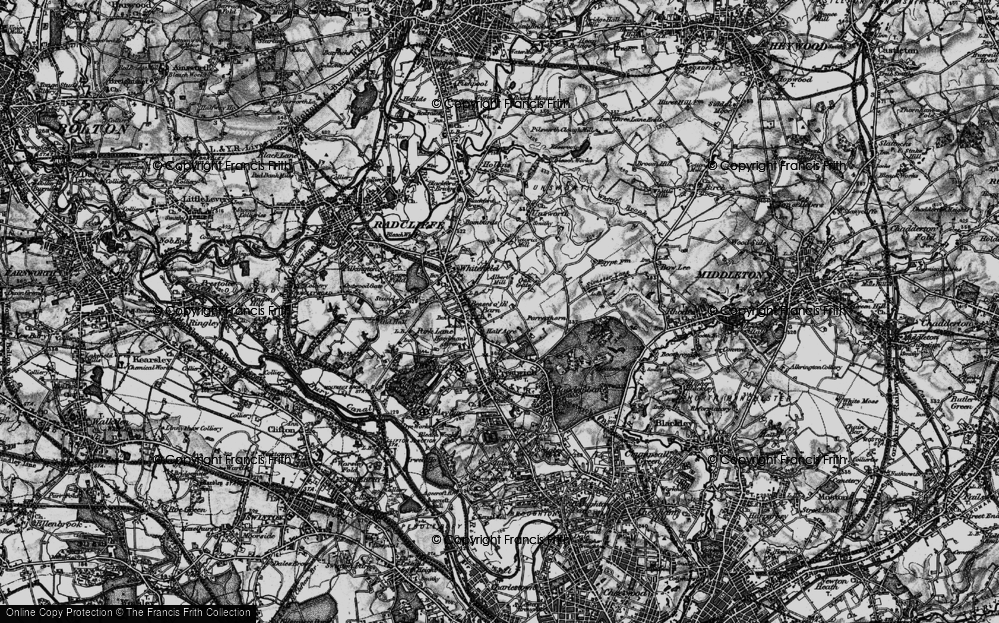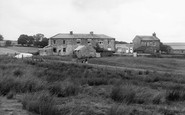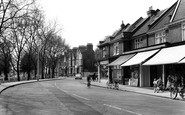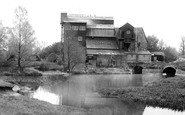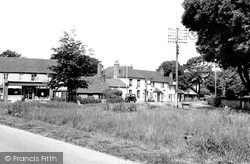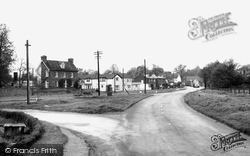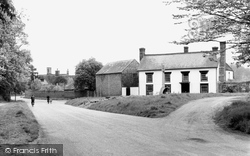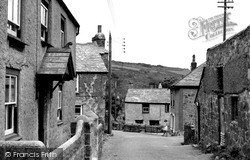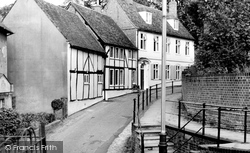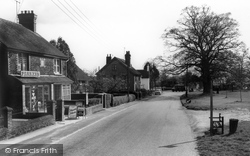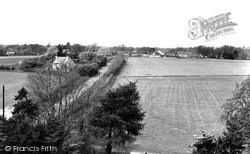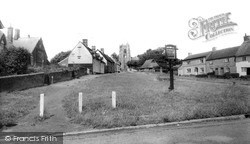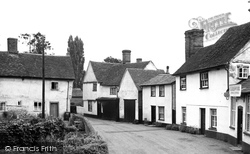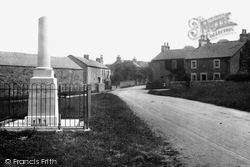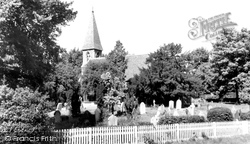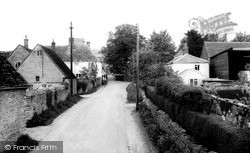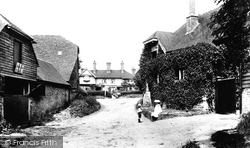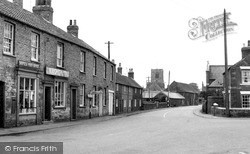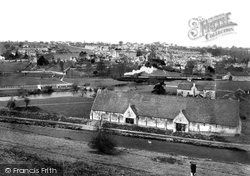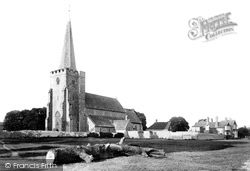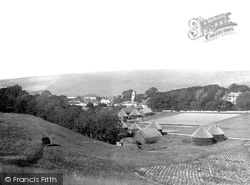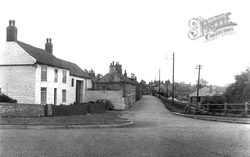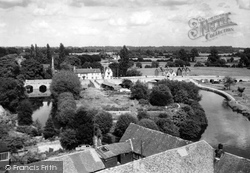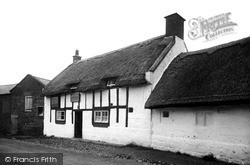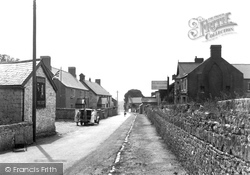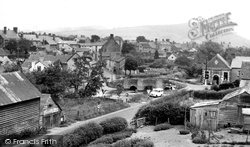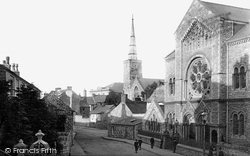Places
11 places found.
Those places high-lighted have photos. All locations may have maps, books and memories.
- Seaton Burn, Tyne and Wear (near Ponteland)
- Burn's Green, Hertfordshire
- Burn, Yorkshire
- Burn Bridge, Yorkshire
- Luggate Burn, Lothian
- Burn Naze, Lancashire
- Remony Burn, Tayside
- Barrow Burn, Northumberland (near Shillmoor)
- Blaydon Burn, Tyne and Wear
- Denton Burn, Tyne and Wear
- Burn of Cambus, Central Scotland
Photos
97 photos found. Showing results 201 to 97.
Maps
405 maps found.
Books
2 books found. Showing results 241 to 2.
Memories
768 memories found. Showing results 101 to 110.
Kingussie Holidays
Kingussie always was one of my favourite places as a young boy. My aunt and uncle lived in King Street, near the sawmill and I can still remember the smell of the wood shavings burning. I loved going down to the station and ...Read more
A memory of Kingussie by
Our Home For 30+ Years
Mam and Dad, Lizzie and Edwin Ridley, moved into Slaghill (the cottage on the right of the picture) in 1948 when I was 3 years old. Dad died there in December 1978 and Mam moved up to Chapel Cottages soon afterwards. There ...Read more
A memory of Allenheads in 1948 by
Growing Up In Barnes 1950s
We moved to Glebe Road in 1952 (Cousland) and it was a wonderful place for children. We had a back gate opening on to the common and made full use of it. The grass was cut every year and baled for hay and we used to rush out ...Read more
A memory of Barnes by
Being Young
I grew up in Maddiston. I'm only 33 and my memories are being allowed out late at night in the summer, playing tig, skipping, chapdoor run, also going for walks up behind the golf course. The village has changed a lot since then, it ...Read more
A memory of Maddiston in 1982 by
Madeley As It Was
I was born in 1949 in Victoria Road, Madeley and have many memories of life as it was in the 1950's onwards. I remember Jones' buses, Pooles the cobblers, Carters, Stodd's the Drapers, Shums the chemist, and most ...Read more
A memory of Madeley in 1949 by
Childhood Memories
I moved to Spencer Avenue, Hayes, when I was 5 and the war had just finished. My earliest recollections were of starting school at Yeading Lane and walking there through thick snow. Luckily we had school dinners so mum ...Read more
A memory of Hayes in 1947 by
I Remember When It Burned Down...
Such a shame. Many wonderful hours spent fishing around the Mill and surrounding waterways - Deadman's Pool, the backwater, shingle island, Manor Island and 'The Bend'. All swept away one year and turned into a canal! Shame really...
A memory of Kempston by
Barnes In The Sixties
My name is John Lines. I will always consider Barnes to be my home. I was born in 1951 in Railway Street which had allotments and even Jack Sedgewick's Pigs between the end of the road and the railway line. The Old Barnes ...Read more
A memory of Barnes by
Happy Days Growing Up In Barnes
The picture of Church Road where it ran parallel with The Crescent with all those familiar shops brings memories flooding back. I started life at 33 Glebe Road in 1944 and spent 5 happy years there before moving to Madrid ...Read more
A memory of Barnes by
Doon The Den
I stayed in Denhead and used to play down the den almost every day. We used to go to school via the gap either next to Ciff Bells house or the gap next to smiths shop. We used to go along the cliffs behind the scrappiest then straight ...Read more
A memory of Kennoway by
Captions
276 captions found. Showing results 241 to 264.
The original village, to the north-east, was known as Barn Green.
The large house on the left is Brewery House, and behind the post box is Brewery Barn with Brewery Cottages close by.
Next to the house is a flint barn, and to the left is another old farmhouse.
There is an air of dereliction in this picture; the site of the old barn on the right has been redeveloped as the Polmewan Flats.
Indeed, the great 16th-century tithe barn survives nearby.
Initially a hamlet, the village of Barns Green dates from the Middle Ages, but grew rapidly during the 18th and 19th centuries following the opening of the Mid-Sussex railway line.
Mill Cottage and the converted barn called Granary House are all that remain of the mill complex.
The buildings round the green date from the 18th to 19th centuries, with the exception of the 17th-century barn with a hipped and thatched roof to the right of the church.
All the houses have been restored and the barns converted. The house to the left had pargetting decoration added in 1969.
Hall Garth, built c1800, stands opposite the cross; behind is a long stone barn to store corn.
its remarkably rural surroundings, its building materials include examples of a geological oddity: blocks of iron cemented gravel-stone (Fericrete), which is also to be seen in the base of Manor Farm barn
The barn on the right has had the almost flat roofed shed replaced by a wing with a pitched roof.
houses in different styles, as evidenced here by the creeper-clad building on the right, the tall-chimneyed cottages with their neatly trimmed hedges at the crossroads, and the weatherboard and brick barn
This scene has changed little: the post office has now expanded to take in the neighbouring shop, but the cottages and barns remain.
This view from Grip Wood shows the rear of the Tithe Barn, which defines the southern edge of Barton Manor Farm.
To the right is Church House, which shortly before this view was taken had ceased to be a farmhouse; the flint walls in front are remnants of its barns, retained as boundary walls.
There is also a tithe barn and a dovecote still housing pigeons.
The house on the left, South Royd, with its attached barn, has now had the paint removed from the stonework.
In the foreground are the roofs of the barns and warehouses of the maltings, evidence of the importance of the river to Abingdon's industrial past.
The barn to the right has now been incorporated into the main part of the building and windows added.
On the left is an enamelled sign advertising beer - 'Hancocks: the Best' - and what looks like Jack Barnes's bread van delivering bread to the village.
The buildings round the green date from the 18th to 19th centuries, with the exception of the 17th- century barn with a hipped and thatched roof to the right of the church.
The barn on the left of the photograph has since been removed, and this area beside the river is now a car park for visitors to the nearby castle.
This site at the foot of Barn Street was purchased in 1789 for £200 and by September of that year a chapel costing £308 6s was complete. It was rebuilt in 1816 but damaged in a gas explosion in 1842.
Places (11)
Photos (97)
Memories (768)
Books (2)
Maps (405)




